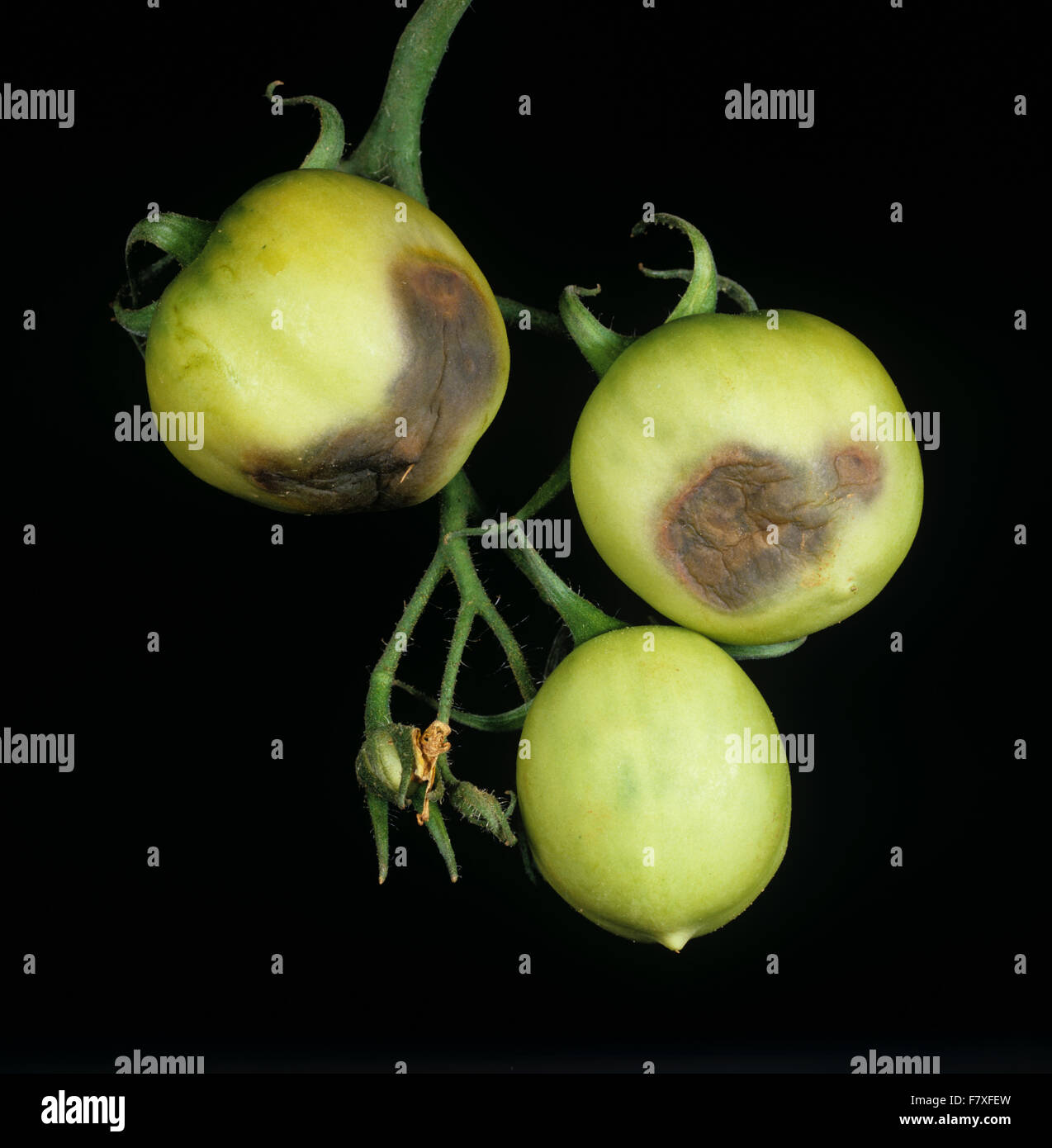
S oil diseases that rot the roots of tomato plantsīrown root rot, which is also referred to as corky root rot is caused by the pyrenochaeta lycopersici pathogen. When the roots are cankered, discolored, stems turning brown, the plant wilts, droops and starts to drop its leaves… that’s early signs of diseased roots, or the roots rotting because of too high a moisture content in the soil. When you notice downward leaf curl accompanied with drooping, that’s a definitive sign of tomato root rot that without being addressed, leads to tomato plants dying of rot. Downward leaf curl indicates the roots can’t deliver water throughout the plant. Whenever you see tomato leaves curling, it’s a sign of an irrigation issue. Upward leaf curl is the plant conserving moisture until it needs it. Don’t confuse this with upward leaf curl because they represent different problems.ĭownward leaf curl is a sign of root rot. When the roots are being damaged, one of the most common signs is downward leaf curl. The signs of tomato root rot are numerous, but the order you see the symptoms can indicate what the underlying cause is.įor example, if you notice your leaves start to rot but the roots look healthy, that’s probably tomato blight that can be fixed by pruning off diseased leaves. Inadequate irrigation is often the cause others are soil-borne fungi infections including phytophthora, brown (corky) root rot, and fusarium. Other symptoms including yellowing leaves, brown stems, leaf drop, wilting, and premature leaf drop. The main sign of root rot on tomatoes is downward leaf curl. Why do my tomato plants have brown stems but healthy leaves?.Is blossom-end rot caused by the roots on tomato plants decaying?.Frequently Asked Questions related to tomato root rot.Soil diseases that rot the roots of tomato plants.Expert advice on the most appropriate pesticide to use should always be sought from local agricultural authorities. Recommendations will vary with the crop and system of cultivation. _ When using a pesticide, always wear protective clothing and follow the instructions on the product label, such as dosage, timing of application, and pre-harvest interval. Apply as a foliar spray when fruit are about a third of their final size, and continue at 1-2-week intervals depending on the rainfall.

RESISTANT VARIETIES Roma varieties (plumb tomatoes) are reported to have resistance.ĬHEMICAL CONTROL Use systemic fungicides, such as those containing metalaxyl, or protectant fungicides, such as those containing copper, mancozeb or chlorothalonil. During intervals between crops of tomatoes, do not grow Solanaceous crops, or others that are known to be hosts of the oomycete.
#Phytophthora on tomatoes skin#
The skin of the fruit stays firm at first.

Low hanging fruit or those touching the soil become infected by greyish-green rots, which expand quickly and show broad dark rings (Photo 1). As the roots rot the plants wilt and die. Eventually, these areas of rot girdle the stems and roots. Brown areas of rot may develop on the stem above and below soil level. Although they look like fungi, Phytophthora species are related to algae.Ī dark-brown rot develops in the taproot and lower stem (called the crown). The disease is caused by a species of Phytophthora it is an oomycete or water mould, not a fungus.


 0 kommentar(er)
0 kommentar(er)
